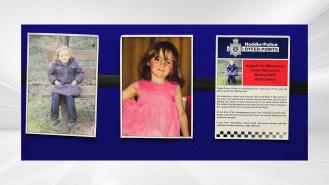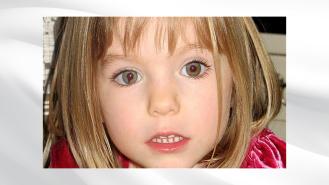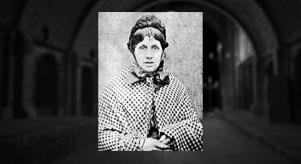
Victoria Climbié: The murder that changed child protection laws
One of the most harrowing child abuse cases in the United Kingdom is the torture and murder of Victoria Climbié.
Her death was horrific, but also pivotal due to the impact her case had on child protection services in the UK. Let’s take a closer look at how Victoria’s story made a significant impact on child welfare in the United Kingdom.
Who was Victoria Climbié?
Victoria Adjo Climbié was born on 2nd November 1991 in the village of Abobo in the Ivory Coast. Proficient in the local language and French, Victoria was known for her love of dance and music, often singing whenever she could.
Her parents feared for Victoria’s future, as the Ivory Coast was not the safest place. Illiteracy and poverty were common, and the country was in the midst of several civil wars.
Marie-Thérèse Kouao - Victoria’s great aunt - offered to take Victoria to France, claiming she could arrange education. Her parents accepted, despite only meeting Kouao a handful of times.
Kouao’s real intentions were to use Victoria for better state benefits and to get on housing lists. Victoria wasn’t the first child she had tried to do this with either. She had initially tried to take a girl called Anna and had created a fake passport with this name.
Living in Paris
Kouao took Victoria to Paris in November 1998, making her wear hair extensions to look more like the fake passport photo. Because of this, Victoria was known as Anna during her time in the UK.
It didn’t take long for Victoria to start suffering at the hands of Kouao. While in Paris, Kouao was given warnings after enrolling Victoria in school as she was often absent. A social worker got involved in February 1999. Kouoa was evicted from her house in France and took Victoria to London in April 1999.
Living in London
While trying to secure housing support, Kouao visited social workers numerous times and brought Victoria for at least half of the visits. Despite workers noticing that Victoria did not look healthy, no action was taken.
A distant relative of Kouao - Esther Ackah - visited them in June. The visit led to Esther anonymously calling Brent social services, as Victoria had a new facial scar and had lost a lot of weight. Esther continued to try and follow up on this, calling the social services again. However, despite a referral being created, very little was done.
Carl Manning
In July 1999, Kouao started a relationship with a bus driver named Carl Manning. The relationship moved fast and she quickly moved herself and Victoria in with him.
Not long after the move, Kouao asked a childminder to take Victoria off her hands permanently. The childminder refused but took Victoria for the night. The childminder’s daughter Avril was so concerned that she took Victoria to hospital. She was diagnosed with scabies and had various injuries, including cigarette burns on her thigh.
The injuries were said to be self-inflicted and Kouao took Victoria home. It wasn’t long before Victoria had to return to hospital with horrendous scalding to her face and head. No health visitors checked on Victoria after her discharge.
In October, Manning began to force Victoria to sleep in a bin bag in the bath due to incontinence. She has no heating or light, and could only eat by putting her face directly into the food plate as she was tied up.
Victoria’s death
Victoria’s social worker attempted to make contact several times, but contact couldn’t be established. The reality was that, from October 1999 to February 2000, Victoria was being starved, beaten, and tortured.
In February, Kouao took Victoria to her church. Members of the congregation insisted that the child be taken to hospital. Suffering from organ failure, hypothermia, and malnutrition, and with around 128 different scars and injuries, Victoria was pronounced dead on 25th February.
The impact of Victoria’s story
Victoria was failed by various institutions and authorities, all of which were given plenty of chances to save her. All opportunities went unheeded.
Her death influenced an amendment to the Children Act of 1989. The amendment- known as the Children Act 2004 - intended to create better coordination between child welfare services. It also introduced the Every Child Matters framework, an initiative that strives to support children in the UK no matter their background.
Victoria’s story is one of suffering that no child should ever have to endure. Her case will be remembered for its senseless nature, but also as a landmark for child protection in the UK.








